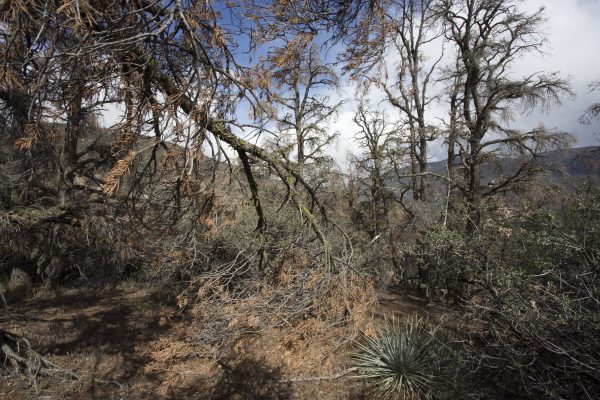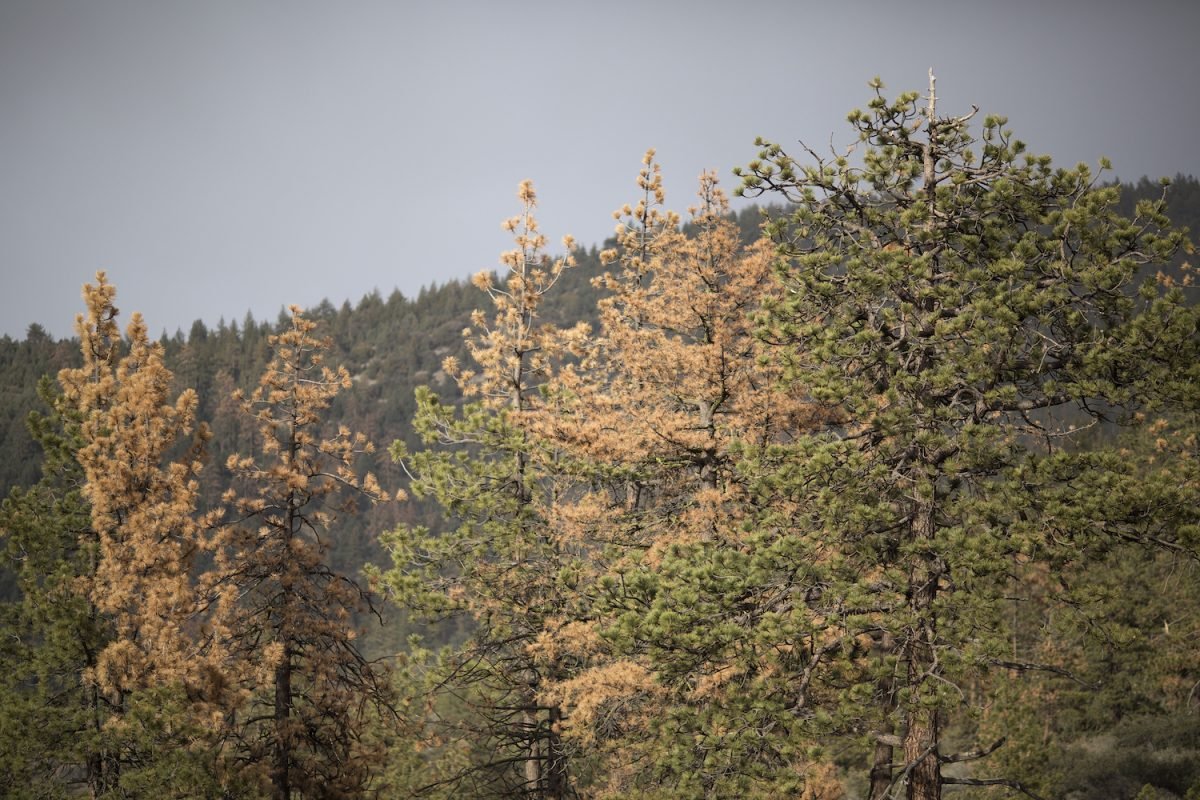Biden Administration Unveils Forest Conservation Program to Tackle Climate Change
The Biden administration has announced steps toward fostering forest conservation and enhancing forest resilience to climate change.
In a press release on April 20, the Department of Agriculture (USDA) and the Department of the Interior (DOI) announced a program designed to achieve those goals on federally managed lands administered by the Forest Service and the Bureau of Land Management (BLM).
USDA and DOI collaborated on several reports, as directed by President Joe Biden’s executive order on Strengthening the Nation’s Forests, Communities, and Local Economies (E.O. 14072) signed in 2022.
The order requires auditing mature and old-growth forests, setting reforestation targets on federally managed lands, and analyzing reforestation opportunities on state, tribal, and private lands.

The Forest Service has introduced a new tool that attempts to illustrate the risks and vulnerabilities of climate change across the landscape, along with a call for public input on managing national forests and grasslands to withstand projected climate change.
These actions reportedly reflect progress on the goals and priorities outlined one year ago in the executive order; Secretary Vilsack’s memorandum on Climate Resilience and Carbon Stewardship; and the USDA Forest Service’s Wildfire Crisis Strategy, Climate Adaptation Plan, and Reforestation Strategy.
“Our forest ecosystems and communities are struggling to keep up with the stresses of climate change—whether it’s fire, drought, or insect infestations—it is clear that we must adapt quickly,” said agriculture undersecretary for natural resources and the environment, Homer Wilkes, according to the press release.
“The USDA and our federal, tribal, state, local, and community partners are working together to meet these challenges—pooling knowledge, sharing resources, and discovering new ways to conserve resources, protect communities, and ensure future generations can enjoy the countless benefits our forests provide.”
USDA and DOI are also publishing a joint reforestation report that includes goals, assessments, and recommendations for increased seed and nursery capacity.
“Healthy, resilient forests are critical to helping us respond to the climate impacts being felt by communities across the country, because they store carbon, provide clean air and water, and sustain biodiversity,” said BLM Director Tracy Stone-Manning.
“The reports released today will help enhance our work to protect and grow forests by creating a scientific framework for further study and public engagement for effective forest management and protection.”
Rep. Austin Scott (R-Ga.) is drawing attention to deforestation in privately owned areas of the United States.
The lawmaker recently made comments about the administration’s seeming lack of concern for forests in the United States during a hearing by the House Committee on Agriculture, where they heard testimony from Environmental Protection Agency (EPA) administrator Michael Regan.
“It bothers me to see our forest lands being cut down and solar panels put up on it,” Scott said. “I don’t understand how that’s a square deal for the environment or the taxpayer.”
The lawmaker asserted that the solar subsidies are so high that plots of land are being bought at 30 to 40 percent higher prices than what the land is worth to be used for solar fields. The new owners then cut down forests and put solar panels on them.
He asked that the EPA director take a closer look at the subsidies saying, “If we’re going to be honest about what’s good for the environment, we have to be honest about what’s good for wildlife, and the watershed, and everything [else] as well, not just carbon.”




